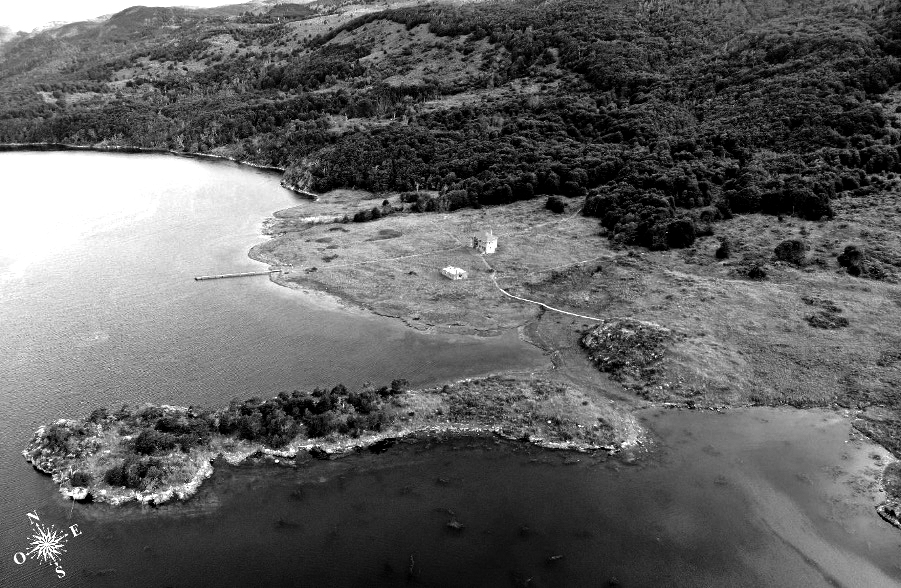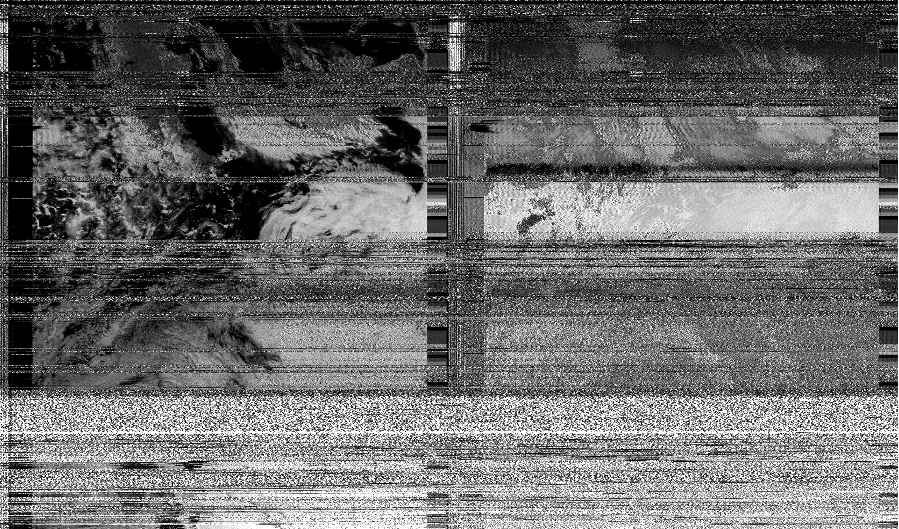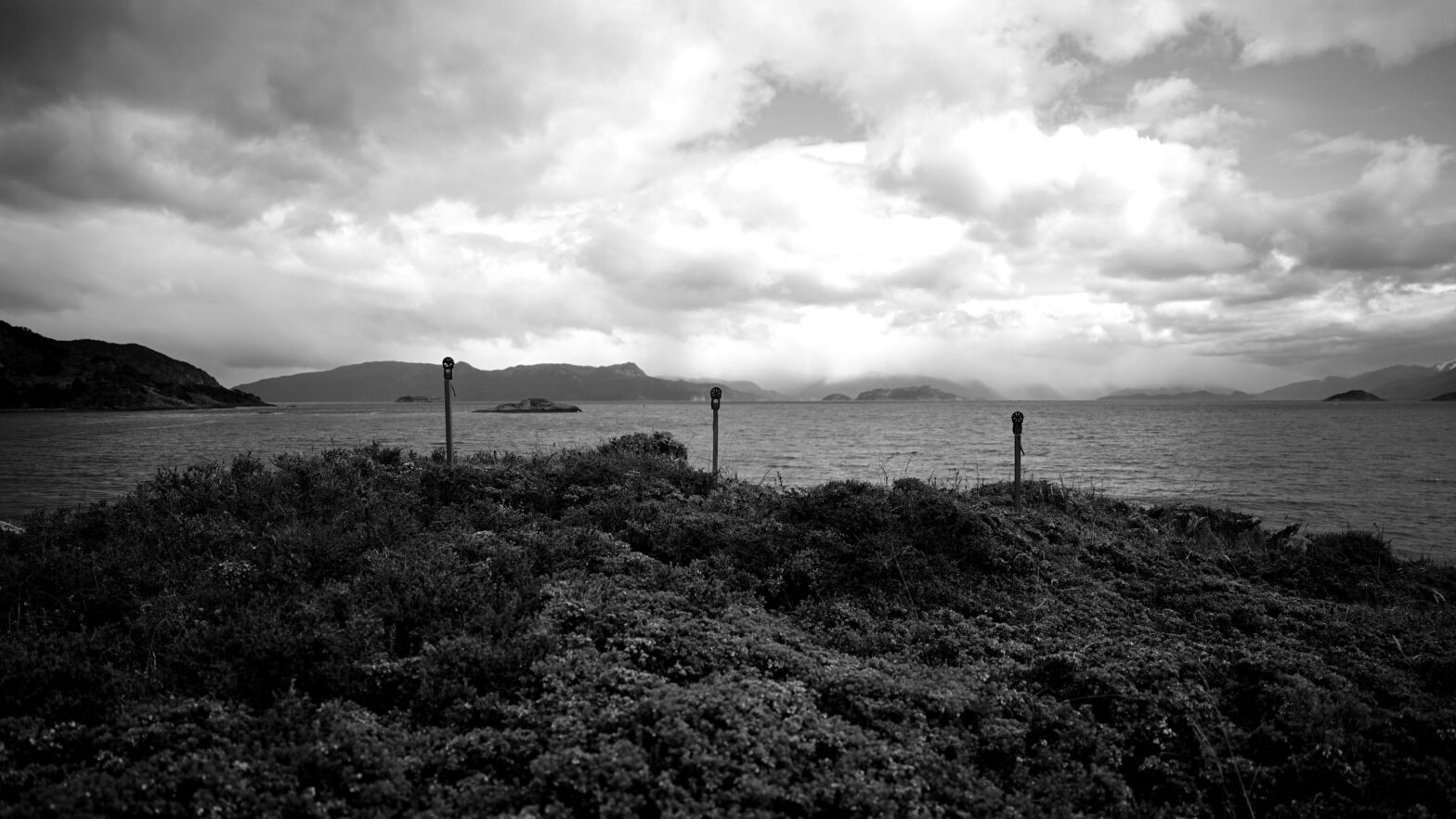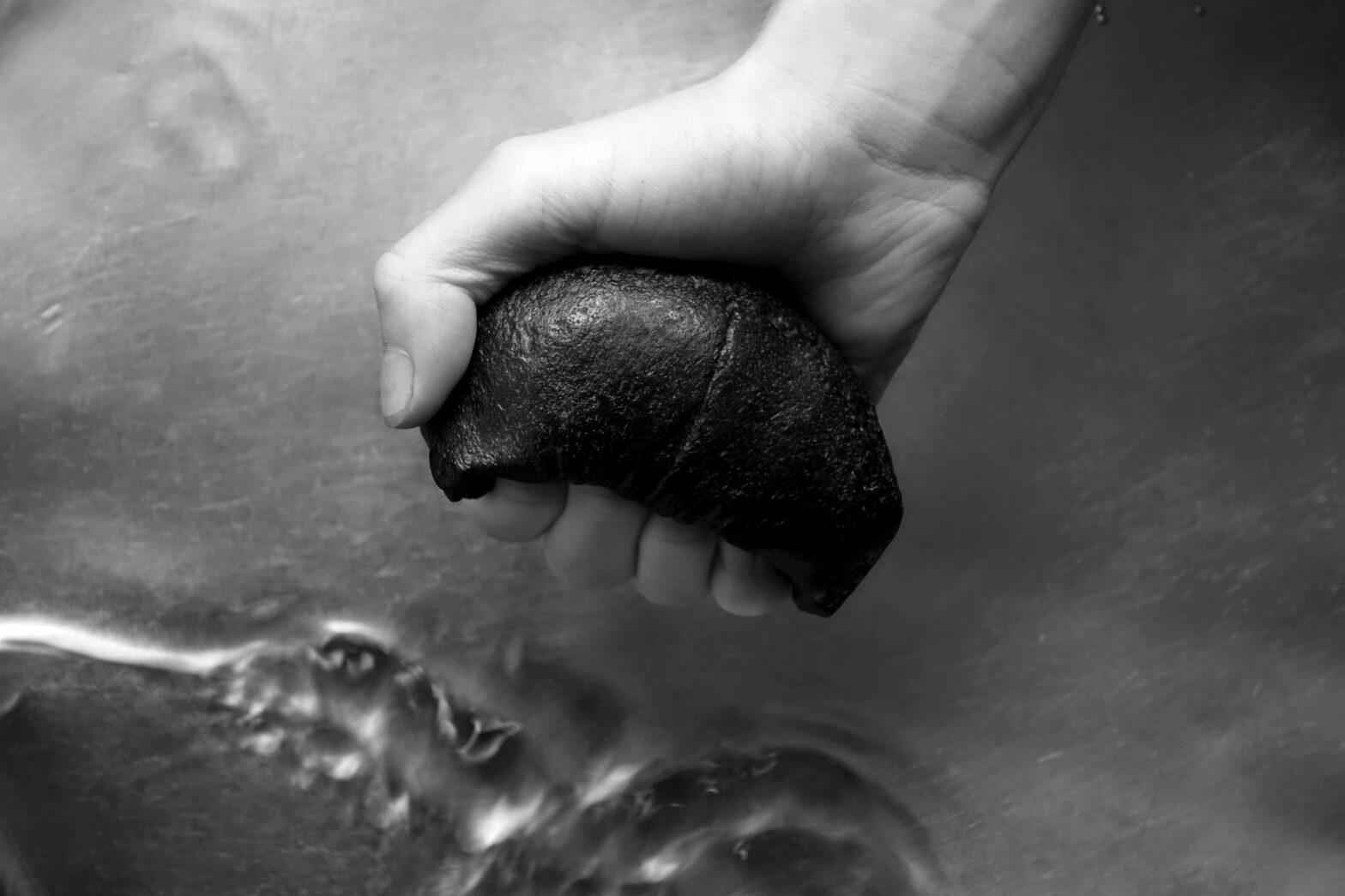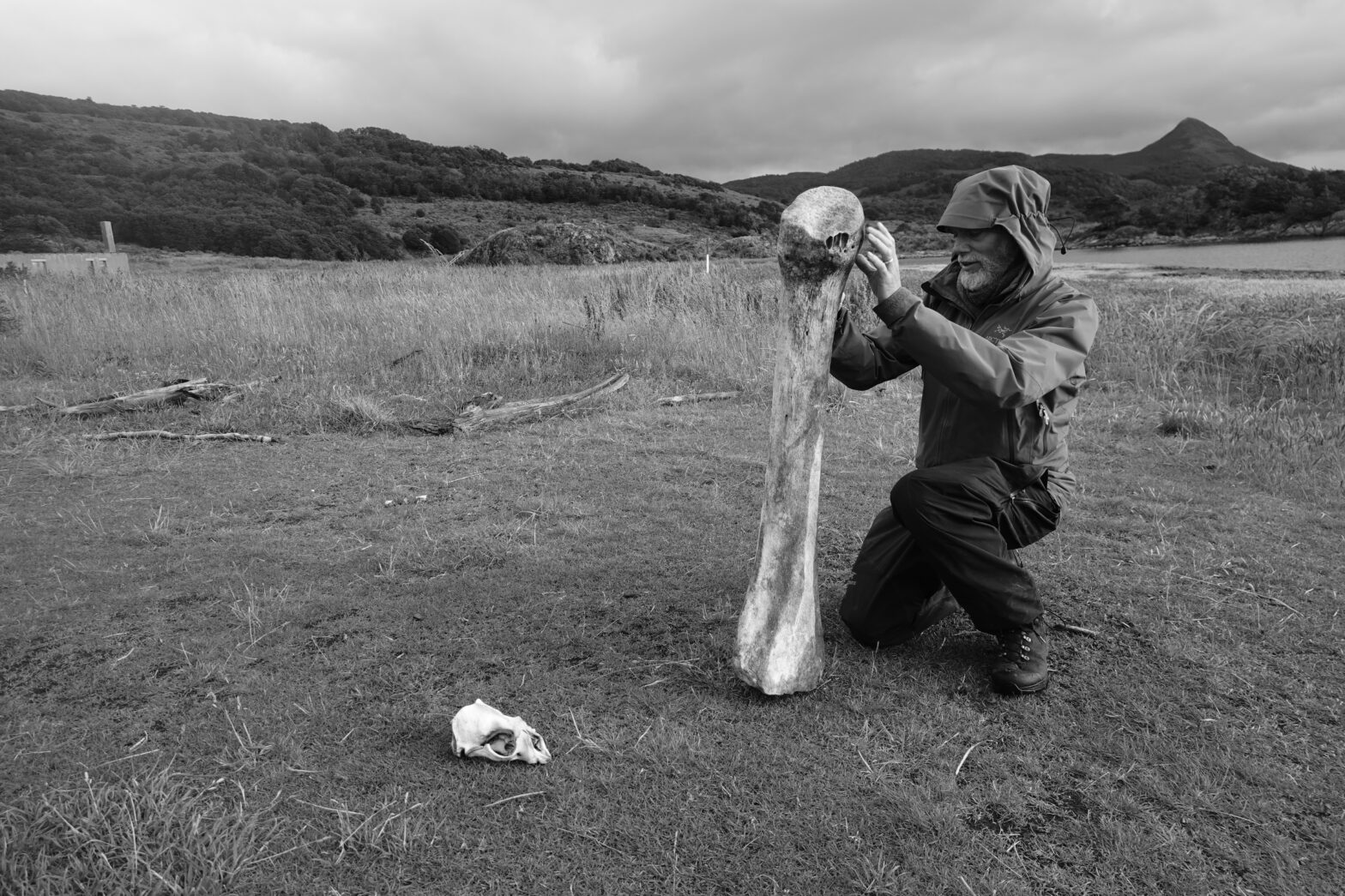by Raviv Ganchrow + Carsten Stabenow
broadcast premiere, August 29, 2025, Deutschlandradio Kultur
This audio montage consists of raw location recordings, with no added audio effects, tracing a research journey through Chile’s southernmost regions (Tierra del Fuego and Navarino Island) to the decommissioned radio station at Wulaia Bay.
Category archives: docu_radiales_25
Archaeology in the Backyard
Villa Ukika and the Culturally Modified Trees
Since 1967, Villa Ukika —founded as part of state relocation policies— has been the main Yagán settlement on Navarino Island, in the heart of the Fuegian archipelago. In its surroundings, the Ukika Municipal Park stands out as a true living archive of ancestral knowledge and history, thanks to the presence of at least 103 documented Culturally Modified Trees (CMTs) to date.
Continue reading “Archaeology in the Backyard”Caleta Wulaia, historical and archaeological evidence
Wulaia Cove is located south of the Murray or Yagashaga Channel, northeast of Ponsonby Seno, also called Agā́i̯ya by the Yaghan community. It is a cove sheltered from the south and southwest winds by a group of small islands and islets. It has abundant fresh water thanks to the Matanza River and various streams that flow to the lower areas. At low tide, considerable tracts of land emerge, allowing shellfish gathering and fishing in the bay and on small islands, which also enjoy calm waters at different times of the day. According to Furlong, in the late 19th and early 20th centuries, this was the main Yaghan settlement in the Murray Channel area, second only to Ushuaia at the time. Occupation could vary from a few families to over two hundred inhabitants, and this was reflected in the number of ákar huts, which could range from a few to sixty or seventy (Furlong, 1917).
Continue reading “Caleta Wulaia, historical and archaeological evidence”Remote Listening
During my stay in Wulaia, I repeatedly imagine the scene of the first radio transmission. I playfully extrapolate that late 19th-century moment in the United Kingdom, where a sound generated in Bristol (England) resonated in Pernath (Wales): for the first time, I can hear something happening simultaneously but outside my immediate surroundings. It is not just an acoustic phenomenon; in some way, time and space are transformed. Something happening elsewhere, in real time, reaches my ears, challenging the physical boundaries that once defined my daily experience.
Continue reading “Remote Listening”Complexities of the wind
This research aims to get in tune with the intensities, turbulence and heterogeneity of the the masses of moving air based in Wulaia/Ponsonby. I would like to generate experiences that allow us, in a sensitive way and with rudimentary technologies, to tune in to (1) the complexity of chaotic movements that make up the winds (2) and how this invisible activity shapes not only the physiognomy of the landscape but also the biological activity that inhabits its surface.
Continue reading “Complexities of the wind”Whale Refractions
Whale Refractions is a research project currently underway at the Centre for Advanced Study inherit based at the Humboldt-Universität zu Berlin. Questions of addressing ‘heritage at large’ grew out of previous itterations of the Terra Ignota platform while observing oscillatory interrelations between humans and marine mammals and evolutions of cetacean underwater hearing in the historical and geological and climate contexts of the Magallanes Region.
Continue reading “Whale Refractions”Forum: Traces and Encounters
> projects / 2025 / radiales / Preliminary Visit / Emerging Archive / Historic Background / Forum / Documentation / Participants
Open dialog
Between Art, Science and the Museum.
Date: 5 and 6 February from 18:00 – 20:00
Venue: Museo Territorial Yagán Usi – Martín González Calderón
Aragay corner Gusinde, Puerto Williams, Chile.


